The flowering stage of cannabis is when the plants begin to produce sets of flowers. It is also the stage that gardeners make their harvest. The flowering stage is very different from the vegetative stage. During the vegetative stage, the only concern of the plants is to grow bigger and become bushier. During this stage, you can escape with almost any mistake. If your plant gets any damage or infection, you can easily nurse it back to health.
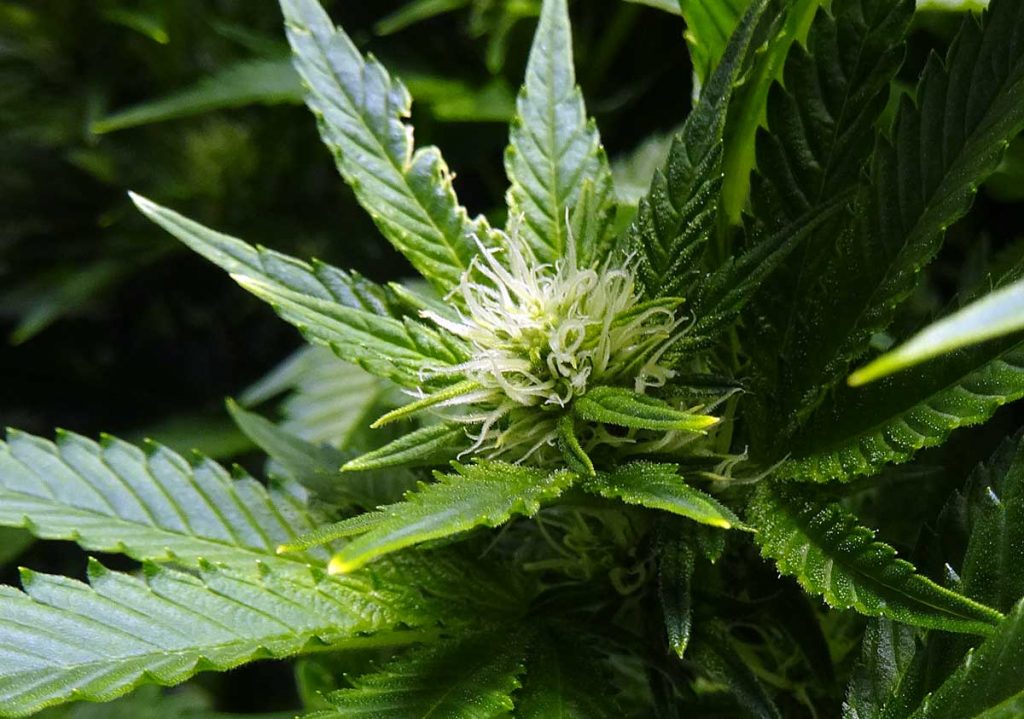
The flowering stage, on the other hand, is where the real work begins. The cannabis plants do not grow similarly to the vegetative stage. Their sensitivity also heightens. Any single mistake during the flowering phase can be the downfall of your garden. Therefore, you need to exercise extreme caution when handling your cannabis plants.
Nutrients For Flowering Stage:
[amazon bestseller=”Bloom Boosters Nutrients”]The Beginning of the Flowering Stage
The flowering stage does not begin with flowers appearing. Despite the name, the process does not start even with the stimulation of flowering. Instead, it begins when the marijuana plants detect a slight change in the amount of light it receives. A lot of people try to interpret the shift sensed as a decrease in the amount of light as winter approaches. However, the change means an increase in the amount of time the plants are exposed to darkness. When the plant meets its threshold of light, it starts to grow at a fast rate by stretching and increasing in height. Records show that a plant can even grow to double its size during the first two weeks into the flowering stage.
The flowering stages
The cannabis plant develops stems and leaves during the first 1-3 weeks of the flowering stage. However, the growth suddenly changes to the formation of buds during the end of that month. All the necessary parts of the harvest grow during the first few weeks of the flowering stage. Any slight problem in the initial weeks of the stage will harm the overall yield of the plants.
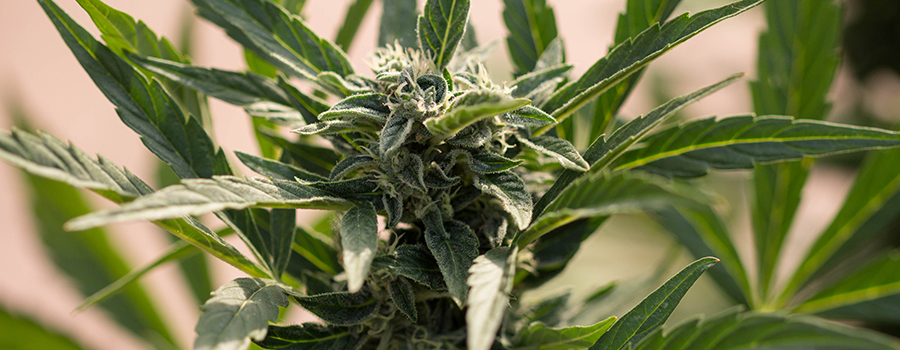
If you plant your cannabis in the outdoors, your plants rely on the season and location of growth for the flowering stage to begin. The flowering of the plant may also depend on the strain of cannabis. Some plants can begin the process right away while others are hesitant since their threshold for darkness is longer. It makes them remain in the vegetative stage for a longer time.
It is, however, very different if you are growing your cannabis indoors. Since you have control over the light, you can quickly help the plants trigger and start flowering by controlling the amount of light in your grow tent.
As the stage begins, the space in between the leaves (internodes) start to decrease, and the growth of the plant slows down. At first, it may look as if the plants have stopped growing. However, there is a lot more growth that takes place during this stage. You should always be keen on the number of nutrients that you use.
Triggering the Flowering of the Cannabis Plant
Cannabis plants that grow in the outdoors begin the process of flowering naturally. Even then, you still can trigger flowering. But why would you want to speed up the flowering process?
If you want to finish the growing process of the plants sooner, you can induce the start of flowering as it will then lead to earlier harvesting. But how do you do so? All you need is to create a simulation for darkness for 12 hours a day. The plants will then presume that it is time to start flowering. You can do this by covering your grow house with a black sheet to create the illusion of darkness. For plants that grow indoors, the flowering stage does not start on its own. Since you give your plants light using led grow lights, you need to change the schedule to a cycle of 12 hours of darkens and 12 hours of light. The change in schedule lets the cannabis know that it is time to begin flowering.
You need to be extra careful during the flowering stage. You need to ensure that during the 12 hours of darkness, no light gets into the grow tent. Any mistake that may lead to even a small amount of light seeping through may delay the flowering process. Additionally, depending on the cannabis strain, you may require more or less than 12 hours of darkness to stimulate the process. Some strains call for darkness lasting for 14 hours.
Growing Autoflowering Strains
If you are growing auto-flowering cannabis strains, you do not need to provide the plants with constant darkness. These plants grow and begin to flower on their own time regardless of whether you are ready for them or not. They are small in size and do not produce high yields. Their vegetative growth stage lasts for 3 to 4 weeks, and they start to flower a month later.
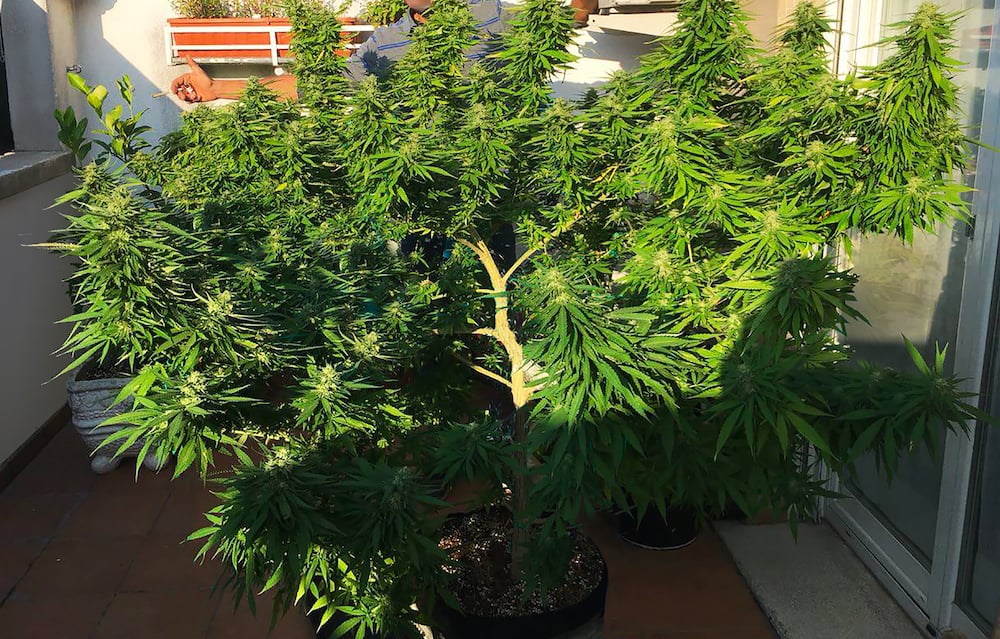
When the flowering stage of your cannabis plants begins, you will notice a couple of changes in your plants. First, your plants cease to grow. You will note that they stop producing more leaves and small white pistils appear and start growing at a fast rate. Additionally, you will see flowers developing from the buds of the plants. During the flowering process, the plants reveal their sex. You will note that the female plants develop pistils while the male plants grow a pollen sack. The male plants grow taller so that they can drop their pollen onto the pistils of the pollen plants.
Identifying the Male and Female Plants
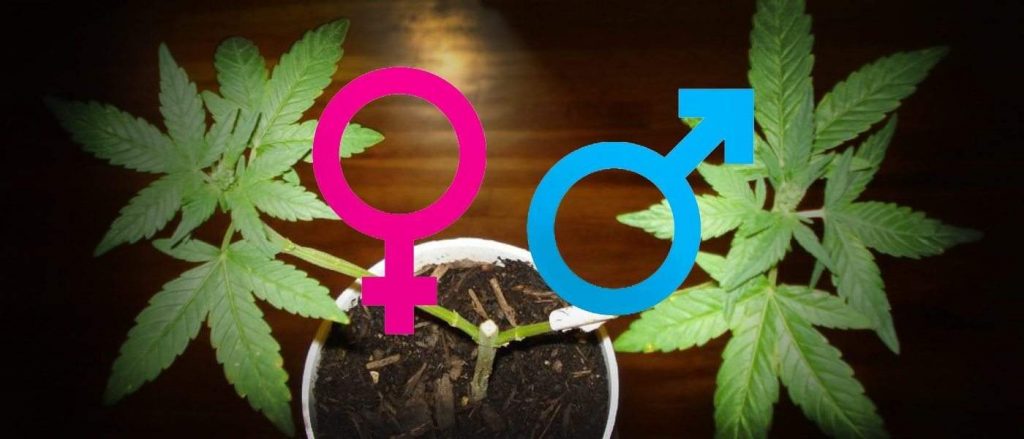
There are various other methods you can tell the difference between male and female marijuana plants. Both plants develop flowers. However, the flowers have specific distinctive differences. Female flowers contain two hairy white stigmas. The male flowers, on the other hand, are small and have a red, purple, pale green or yellow color.
How you treat your cannabis plant during this stage will influence the potency and THC richness of the cannabis plants. To get potent marijuana, you to get rid of the male plants from your grow room to prevent them from fertilizing the female plants.
Apart from the development of flowers during this stage, the internodes will also extend. The leaves will as well appear as if they have a transparent resin covering. After the first four weeks of flowering, you will notice some few clusters developing on the female plant flowers. These are the buds that you will harvest. However, during this stage, they are not ready. There is a lot more work that you need to do before you can collect them.
Maintaining the Plants during Flowering
Before you get into the flowering stage, you should ensure that all your plants are lush, green, and healthy. There should be no discolorations on the leaves due to a deficiency in nitrogen or any sign of stress on the plants. If you see any abnormality, you should first nurse the plants back to health before progressing with the flowering stage.
If you have been feeding your plants with nutrients, ensure that during the first month of the flowering stage, you use a flowering formula. You should not change the nutrient solution until you see the plants with plenty of stamens and pistils.
[amazon box=”B002KF0D82″ grid=”1″]
Using the Right Nutrients
When you enter the flowering stage, the type of nutrients that your plants require also change. Here, the main nutrient requirement is phosphorous and potassium. You need to provide your plants with enough of it to meet the rapid changes that the plants are going through. However, before changing the fertilizers, you need to be sure that the plants are ready to start flowering. The fertilizers you were using during the vegetative phase will ensure that the plants have the required nutrients to begin flowering. However, the flowering fertilizers work to meet the needs of the plants as they continue to flower.
You should use the flowering formula only during the first month of the phase. You should note that during the flowering stage, the plants are susceptible to the nutrients as well as the environment. Therefore, you should give them utmost attention and watch out for any disease or pest infestation as it is prevalent in this stage.
Avoid Overfeeding the Plants
You should not use nutrients during the last weeks of flowering. You may notice the plants shedding off some leaves, especially in the lower regions or those that are shaded. It happens due to the shift in energy as the plants focus on the development of the buds that are on the top of the plant.
However, if the plant leaves start to discolor or shed at a high rate, then it means that you have overfed it with too much fertilizer. You should immediately tend to it to reduce the chances of the problem affecting the buds.
Training the Plant in the Flowering Stage
When growing your cannabis indoors, you need to train then during the first month of the flowering period. By training, you help the plants maximize the use if the growing space and help increase the yields.
But why is it important to train them at the beginning of the flowering stage? Cannabis plants have flexible stems that you can easily manipulate as the plant enters the flowering stage. However, as time progresses, the stems become woody and untrainable.
One of the training methods you can implement is low-stress training. The process involves training the stems to grow laterally rather than vertically. It helps the plants to develop an even canopy and increase the surface area the light can reach. By performing low-stress training, you can grow your yields by an additional 40 percent.
Second Month of Flowering
During the second month, the plant starts getting ready for harvesting. You will see the plant becoming thicker, and with more buds developing. The transparent resin that formed on the leaves during the first month starts to darken and release a strong odor.
If you are not ready, all these changes happening to the plant may spell some trouble. Your plants will become heavy and require some support. You can set up a trellis system made from strings and wood to offer support to the plants. During this stage, you should ensure that the plants are receiving the required amount of air. Since the plants will be growing wide, some areas will be too close to each other leading to them not getting enough airflow. Without air, the plants can start developing bacteria, molds, and fungal infections that can reduce the number of yields a plant is giving.
During the second month, you can tell if there are any more male plants in your grow tent. While you may have removed all the male plants, there are times when you may get hermaphrodite hiding among the female plants. They may contain male sex organs that can fertilize the female plants leading to the loss of THC potency.
But why is this important? Users of marijuana prefer getting unfertilized buds due to their potency value. A bud that is not fertilized stops putting its focus on developing the bud but instead focuses on growing seeds. When this happens, it then becomes more potent.
Grow Room Conditions
During the flowering stage, indoor cannabis growers need to ensure that the environmental conditions in the grow room is favorable. Since the plants are growing closer to each other, you may need to adjust the temperature and humidity to prevent the plants from getting fungi and diseases. You should ensure the temperature is between 68 – 77 degrees Fahrenheit near the leaves and 68 degrees Fahrenheit at the root level when there is light. When you switch off the lights, you can drop the temperatures to 68 degrees Fahrenheit. When the temperatures are high, the carbon dioxide level should also be high.
Ensure that the humidity levels as the flowering stage begin is between 40 to 50 percent. Once you get to the second month, you can drop it to 30 percent or more since you want the buds to produce more resin. You should always ensure that the level of humidity stays lower than 50 percent throughout the whole flowering stage. It may be lower than that of the vegetative stage. However, it is crucial for the success of the farm. The best way to keep control of the levels is by acquiring a good humidity controller if necessary.
[amazon box=”B06X9MFTZZ” grid=”1″]
Watching the pH Levels
You marijuana plants may suffer damages if you do not ensure that the pH levels are correct. Regardless of the growing medium you are using; you have to keep continually checking the pH levels. One of the signs that can tell you the pH is wrong is when you see the plants with wrinkly or curly leaves. When growing the cannabis in soil ensure that the pH level lies between 6.0 and 7.0. You should maintain a pH between 5.5 and 6.5 if you are using a hydroponic system.
Getting Ready to Harvest
The whole flowering stage takes approximately two months. However, in some situations, it can extend by another one or two weeks, depending on the strain you are growing. The plant is ready to harvest when the pistils and calyces swell and start turning red. As time passes by, it continues accumulating resin becoming heavier and stickier. The flowers then move closer to each other, eliminating any in-between space.
During the last weeks, the levels of THC increases near the buds hence protecting the buds from bugs. You should have your carbon filters up since the smell that is emitted is very strong. Here is an example of a good carbon filter:
VIVOSUN 4 Inch Air Carbon Filter Odor Control
[amazon box=”B01DXYMBU6″ grid=”1″]
VIVOSUN 4 Inch Air Carbon Filter helps to effectively eliminate undesirable odor in your indoor grow tent, as well as a hydroponic grow room. It makes use of coal-based carbon, environmentally friendly materials. It has an inner and outer mesh that gives it a 53 percent open area to allow for air flow. It provides a maximum scrubbing of 150 CFM and can cover a surface area of 1000 m2/g.
Before you get to harvesting, you should remember to flush the growing medium two weeks earlier for your health and the quality of the buds.
Flushing helps to make the marijuana safe and enjoyable to use since it rinses out all the minerals and nutrients that you have been giving your plants. To flush your plants, you need to use water that has a balanced pH level. You should, however, first test the water before you give it to your plants.
The time you harvest will have a significant effect on the effect of the end product. Every plant has different timing. It all depends on the strain that you have. Most seed banks and marijuana breeders will recommend the right timeline to harvest the particular strain you planted. However, if you want the weed to give you an energetic high feel, you should collect it early, but if you only want a classic couchlock feeling harvest the cannabis a little bit late. Still, you should ensure that you do not harvest too early or too late as you may get weed with an undesirable effect.
Frequently Asked Questions
How do you tell a plant is ready to start flowering?
You are the one to determine the time a plant will stay in its vegetative stage. You should, however, be aware that even when it gets into the flowering stage, it will still increase in size. Therefore you should always be mindful of the space you have when making the decision.
Summing up
The flowering stage is the most important in the growth of a marijuana plant. You need to apply enough care and caution during the whole process as a slight mistake with deal your yields a significant blow. As you transition from the vegetative growth stage, always be mindful of environmental factors such as temperature in the grow room, the humidity and the pH level. Ensure that you provide your plants with the required nutrients during the right period and flush out the plants two weeks before harvesting.
Read How to Grow Cannabis Series:


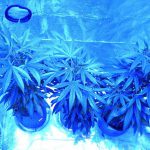
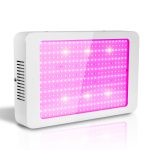
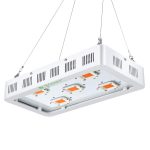


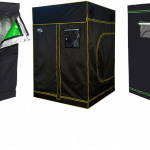
stealth balcony grower in VA here. Got 3 plants that I just topped this morning, about 5/6 sets of true leaves. Still in veggies phase I think. About 6 solid weeks now since germination. I think one of them might be male, it’s a little bit taller and spread out than the other two. I won’t know until the sex shows, obviously but I am using the screen of green technique. Lemon plants, a fig tree, pepper plants, etc. It’s the smell I wonder about. How strong will the smell be from 2/3 plants on a balcony? I’m on the third floor of a 3 story unit.